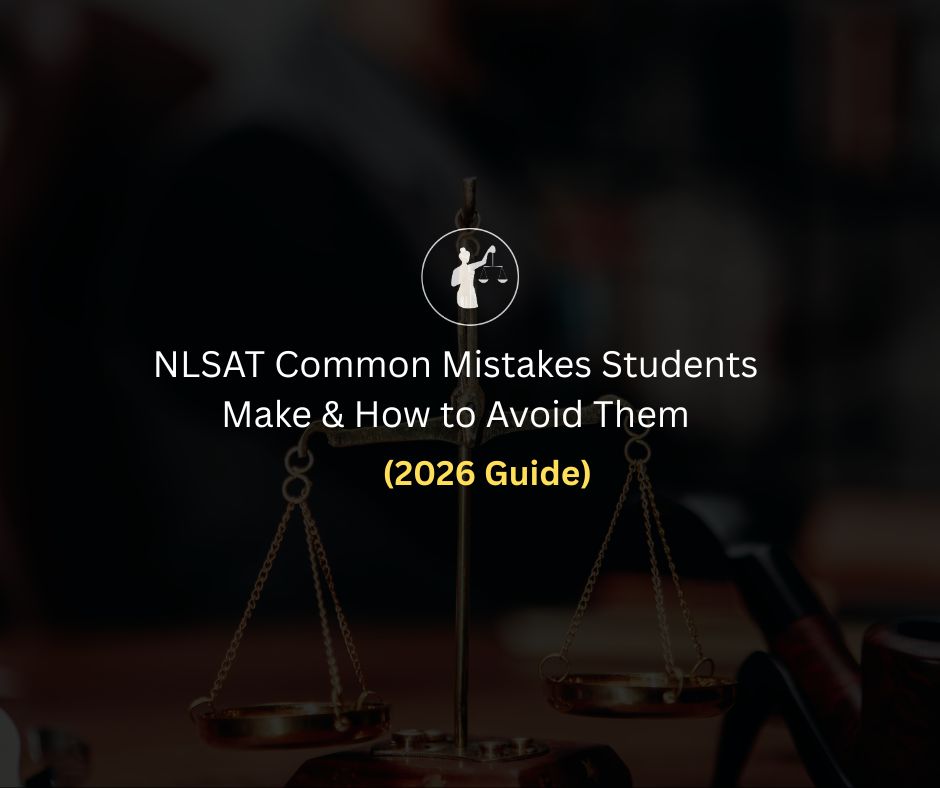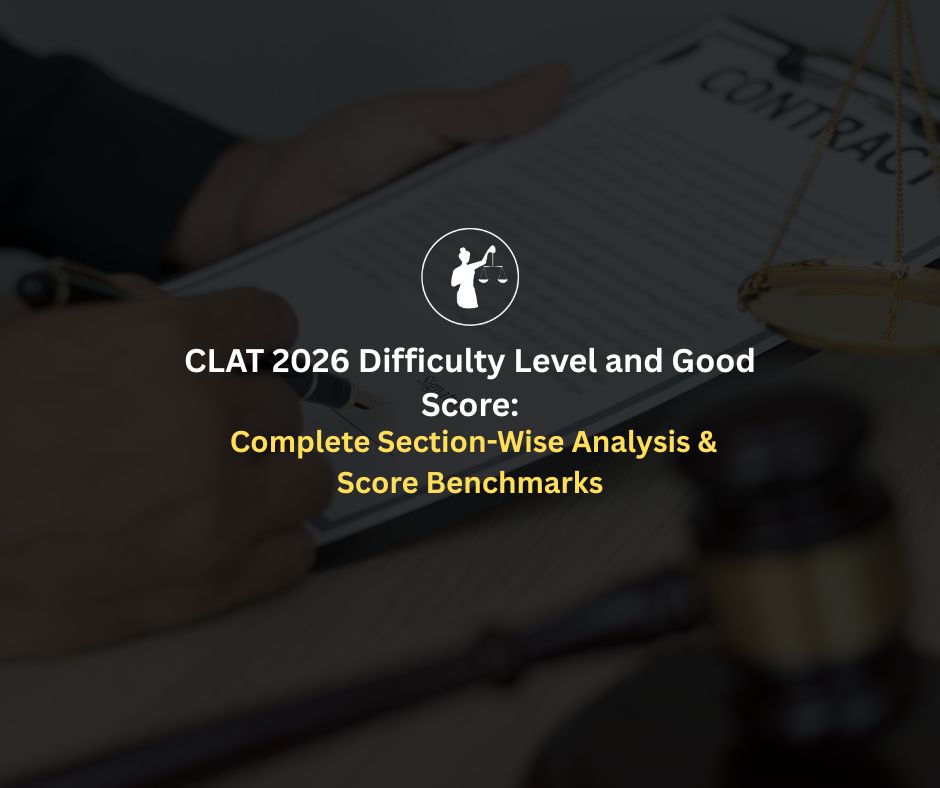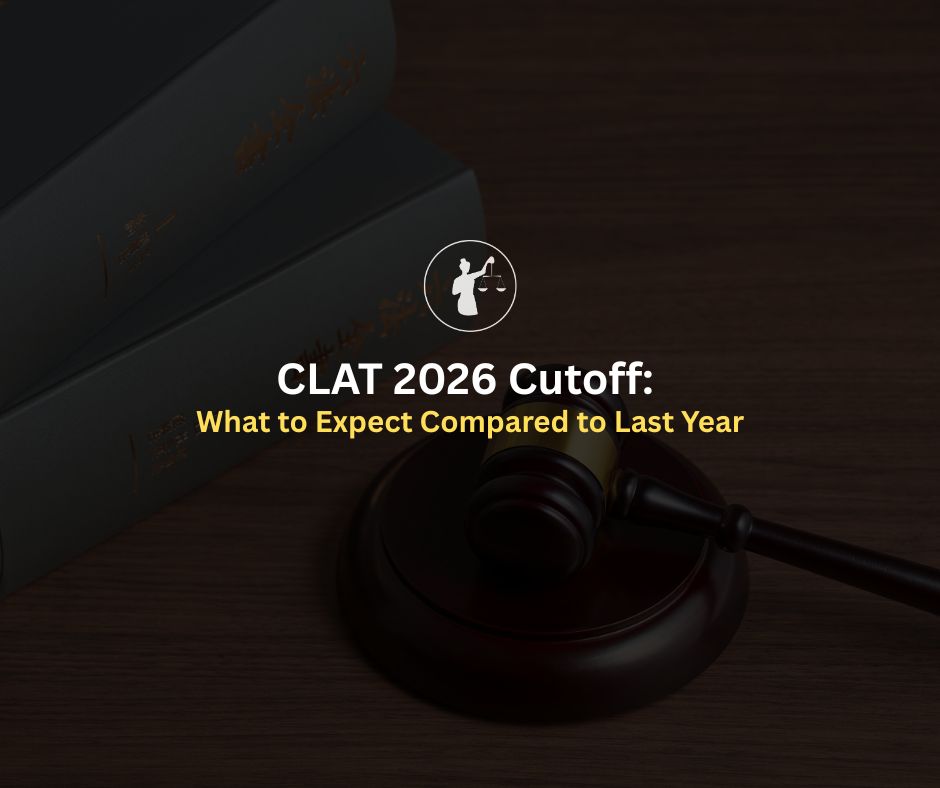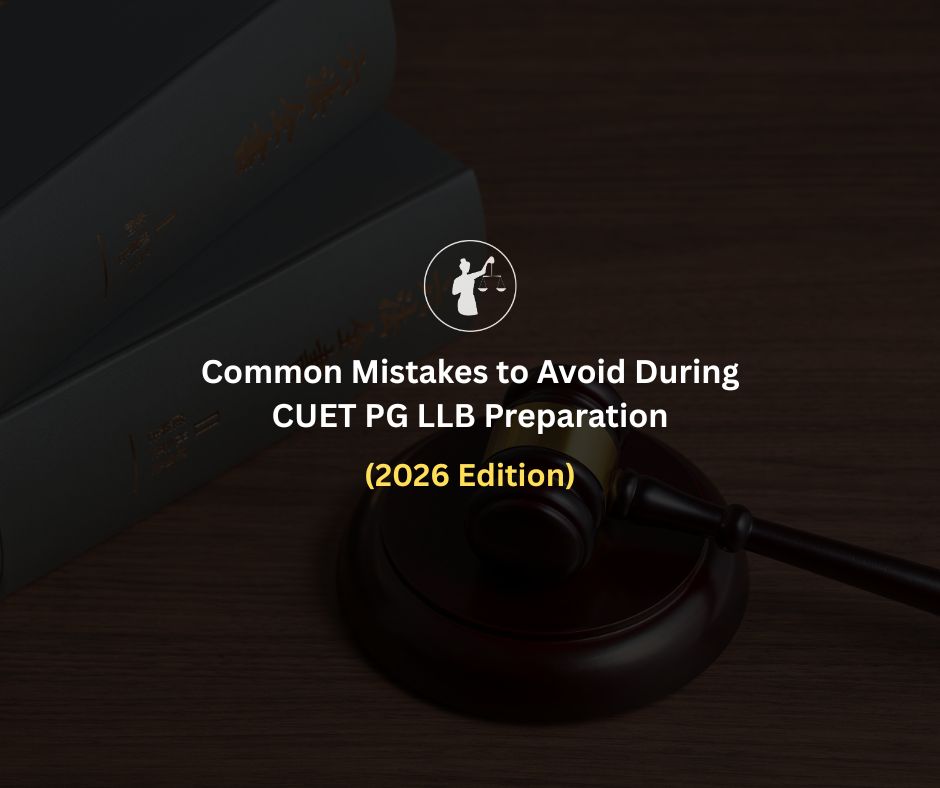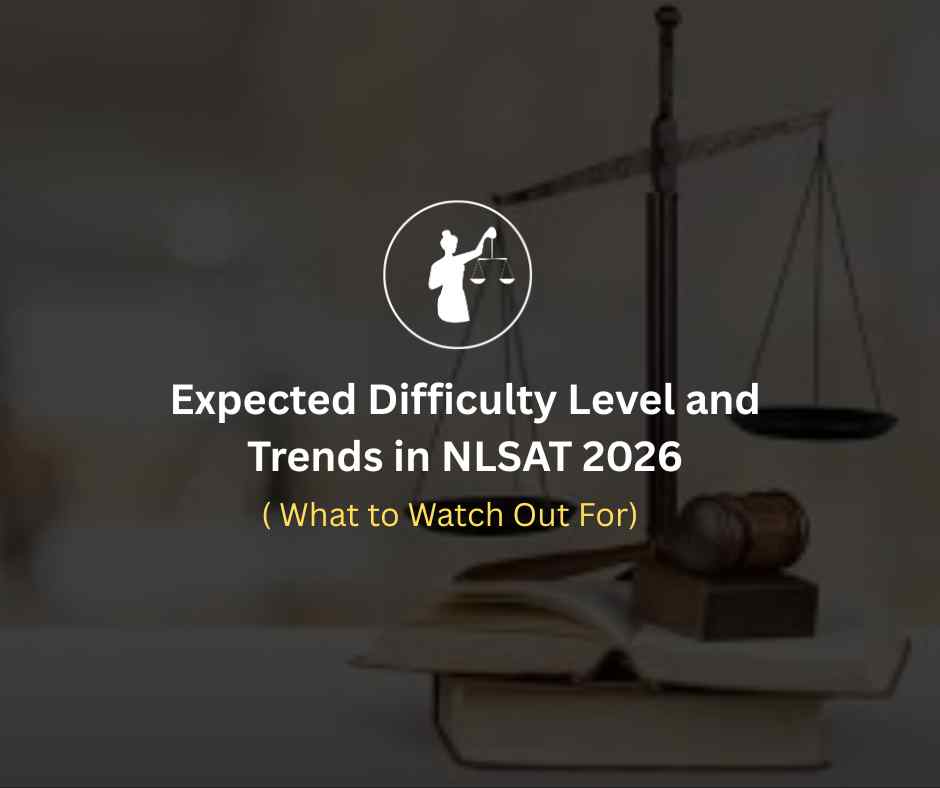
Aspiring to join the prestigious 3-year LL.B. program at NLSIU Bengaluru via NLSAT 2026? Then understanding the expected difficulty level and evolving trends is non-negotiable. The smartest way to do that?
Leverage the NLSAT previous year papers not just as practice material but as predictive blueprints for what’s coming.
This blog by the National Legal Training Institute offers an in-depth analysis of past trends, section-wise shifts, and expert strategies on how to use NLSAT past papers to power your NLSAT exam preparation for 2026.
The NLSAT exam, since its launch in 2022, has evolved significantly in structure, tone, and depth. While the format remains consistent:
1. Part A (Objective): Reading Comprehension, Critical Reasoning, General Knowledge, and Legal Awareness.
2. Part B (Subjective): Essay and Legal Reasoning-based Problem Solving.
What has changed is how questions are framed, the intellectual rigour expected, and the time pressure imposed.
Understanding these trends from NLSAT previous year papers is your best shot at decoding what to expect in 2026 and how to prepare for it strategically.
Year-wise Difficulty Overview
What it means for 2026: Expect a paper that leans further into analytical reasoning, cross-topic synthesis, and time efficiency. A candidate will need both breadth of knowledge and depth of thought.
Read More : When to Start NLSAT 2026 Prep Early vs Last-Minute
From 2023 onward, Critical Reasoning has emerged as the most decisive component of Part A.
Key Shifts Noticed:
Heavier focus on assumptions, inference, and application-based reasoning.
Questions rooted in current affairs, editorials, and policy debates.
Tricky phrasing that penalizes surface reading.
What to watch out for in 2026:
Increase in multi-layered arguments requiring 3–4 step logical parsing.
More fact vs opinion discrimination.
Expect 25–30% of Part A to be CR-heavy.
Gone are the days of factual comprehension. NLSAT’s Reading Comprehension now demands:
Identification of authorial tone and bias.
Interpretation of abstract legal or socio-political themes.
Understanding argument structure and counterpoints.
Likely in NLSAT 2026:
Passages may include excerpts from legal commentary, judicial opinions, or socio-political essays.
MCQs will test deeper understanding, not superficial skimming.
Read More : How NLSAT 2026 Differs from CUET PG & Other LLB Exams
Analysis of 2022–2025 papers shows a sharp shift from rote facts to contextual GK, such as:
Constitutional amendments
Recent judgments
Government policies on civil rights
International legal developments
GK in 2026 is likely to:
Focus on February–March 2026 news ahead of the April exam window.
Ask questions that connect current events to constitutional principles or public policy.
Essay topics are no longer generic; they require an understanding of contemporary ethical, legal, or social issues. For example:
“Should women be paid for domestic work?” (2025)
“Should social media be banned for minors?” (2025)
Problem-solving scenarios test:
Ability to analyze legal principles like negligence, privacy, and liability.
Whether you can reason through facts, not recall law.
In 2026, expect:
Essays that force a balanced, multidimensional argument.
Case studies that need a reasoned, principle-based conclusion, even without legal jargon.
Read More : NLSAT 2026 Analytical Ability Build Strong Arguments
Solve each past paper (2022–2025) in real exam settings.
Use 90 minutes for Part A, 60 minutes for Part B.
Avoid calculators, highlighters, or interruptions.
Why it matters: This builds your mental stamina, sharpens your reading speed, and identifies pressure points.
After each attempt:
Classify errors: CR logic gap, RC misread, GK ignorance, essay misdirection.
Maintain a logbook of recurring pitfalls.
Revisit errors every 10–15 days.
Why it matters: Your score isn’t just about knowledge it’s about minimizing avoidable errors.
From previous papers:
Identify common essay traits: policy issues, rights debates, regulation vs freedom.
Build templates for:
Introduction styles (quote, case study, question)
Argument structure (3-layered)
Balanced conclusion format
Why it matters: Most aspirants lose marks not on content, but on structure and clarity.
Don’t memorise the law. Instead, ask:
What are the relevant facts?
What principle or duty is being tested?
What is the ethical or logical conclusion?
Why it matters:Part B is not a law exam ,it is a test of how logically and clearly you can think like a future lawyer.
In your final prep phase (March 2026):
Re-attempt the 2023–2025 papers in rotation.
For each weak section, isolate and re-practice similar questions.
Create a “most missed questions” collection from past papers and solve it weekly.
Based on past trends and increasing academic expectations from NLSIU:
NLSAT previous year papers are not just preparatory resources they are trend indicators. If you know what the exam has tested, you can anticipate what it will test.
By regularly solving, analysing , and reflecting on NLSAT past papers, you can:
Understand exam expectations
Build strategy by section
Train yourself to think like an NLSIU evaluator
Remember: NLSAT rewards insight, not information. Use past papers to sharpen your reasoning, not just test your memory.
1. How many NLSAT previous year papers should I solve before the 2026 exam?
All four (2022–2025), at least twice once as mock tests, once for in-depth analysis.
2. Where can I access official NLSAT past papers?
Visit the official NLSIU website or use NLTI's NLSAT Resources Archive.
3. Is using only NLSAT past papers enough for preparation?
They are foundational. Pair them with current affairs reading, editorial analysis, and regular essay writing.
4. Should I start solving past papers early or after finishing the syllabus?
Begin early. Use them to guide your study plan and simulate testing conditions from the outset.
